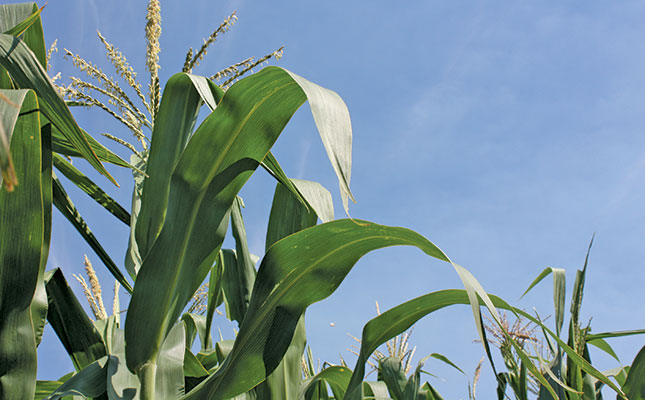
During the first week of September, when Statistics South Africa (Stats SA) announced that the economy had slumped into a technical recession, I shared a table with eight business people from various sectors during a lunch.
No one can be at their most morose while having a conversation over a tender steak and a glass of good South African red wine, but my lunch partners couldn’t help but feel worried about the impact that the announcement by Stats SA would have on their businesses.
READ SA enters recession on back of agri output slump
Nevertheless, after arguing about the practicality of moving their families and businesses to Australia, the majority agreed that, in the short term, they would probably be no better off Down Under, and besides, the only problems South Africa really had were crime and corruption.
But here’s the catch: each one of them is saving up and making plans for their children to go and study abroad.
On paper, the outlook for South Africa is currently poor. After contracting 2,6% in the first quarter of 2018, the GDP contracted another 0,7% in the second quarter, which means that South Africa is now in a technical recession.
Agricultural output, which decreased 29,2%, was one of the largest negative contributors to GDP growth. Due to government intervention, the increase in fuel prices for September has been somewhat contained, but prices will most likely increase sharply towards the end of the year.
Most depressing of all, South Africa now has the biggest unemployment crisis in the world, according to the UASA trade union’s 17th South African Employment Report, which was also released during the first week of September.
Economist Mike Schussler, who compiled the report, said at its launch that the number of unemployed, when considering the expanded definition that includes people who have given up looking for work, had increased from six million to 9,6 million between 2001 and 2018.
READ Rapid increase in SA blueberry production – Absa report
“South Africa is one of the few countries in the world where there are more adults not at work than adults at work. Along with other factors, such as single female-headed households, this low number of employed results in much of South Africa’s poverty and inequality. The magnitude of the crisis is the single biggest crisis facing South Africa,” Schussler said in a statement.
The only way South Africa can avoid sliding further into this economic and unemployment crisis is by growing the economy and, as Schussler points out, doing so will require government to aim for a fixed investment target of 8% of GDP.
The outcomes of government’s planned jobs summit later in 2018 will be crucial to finding the economic solutions this country now needs.
The answer, almost certainly, is not land reform, even if it is done in a way that won’t further ruin the economy.
Because land, no matter how it is divided, will not be a strong enough bandage to stop the bleeding.










